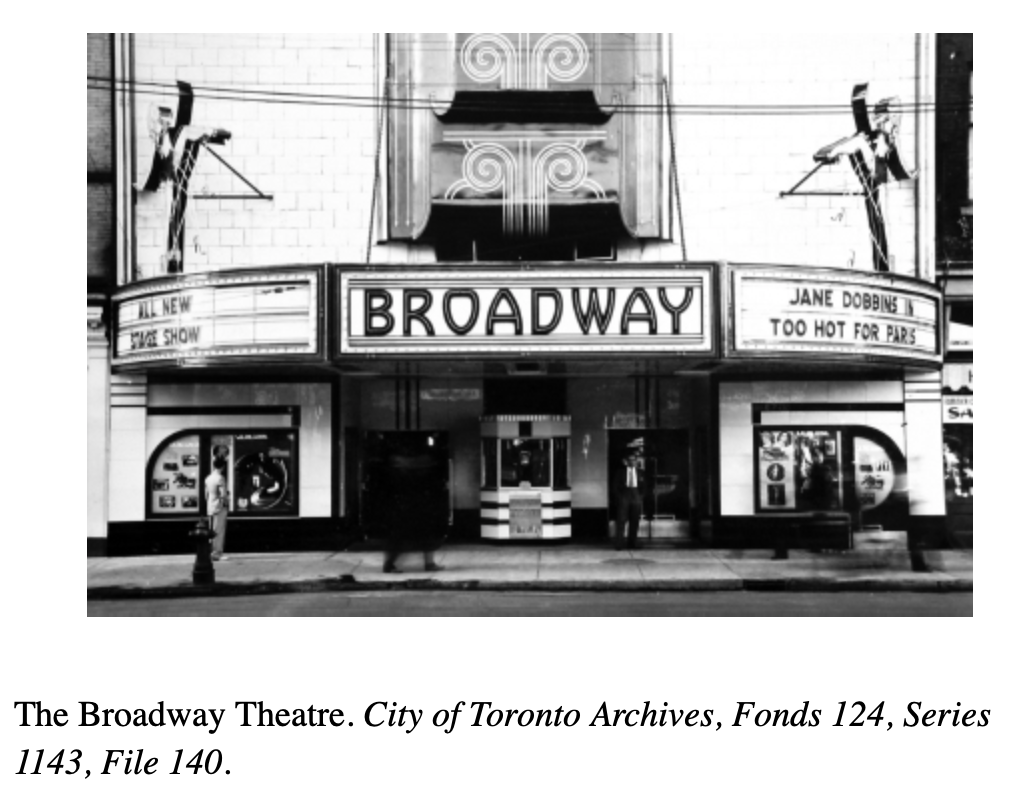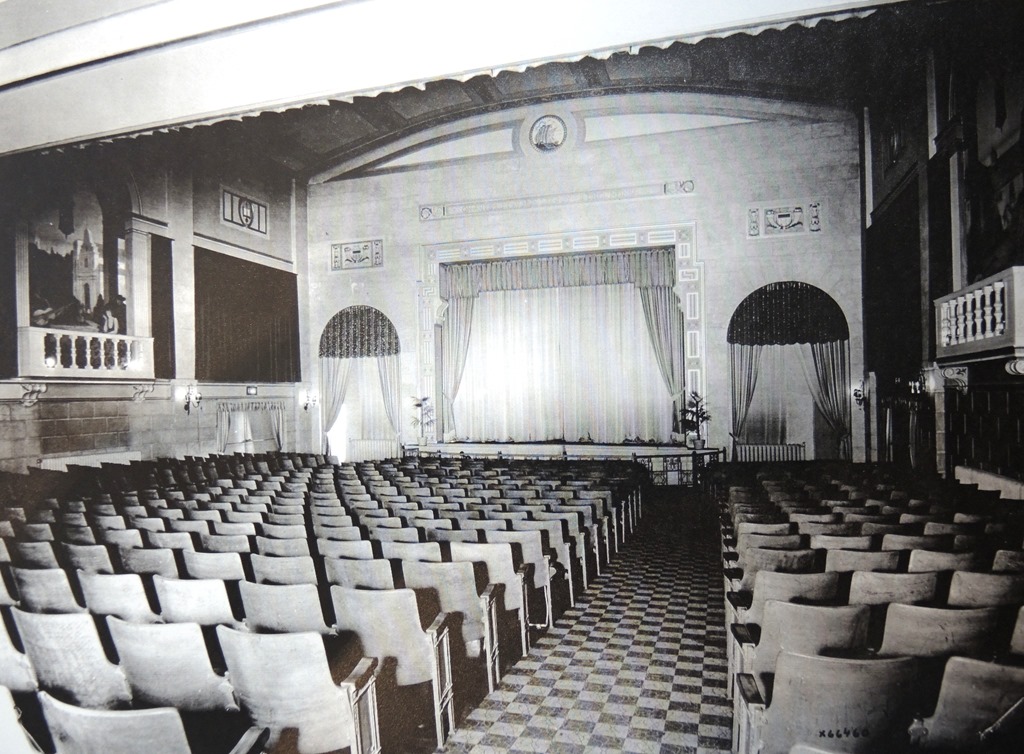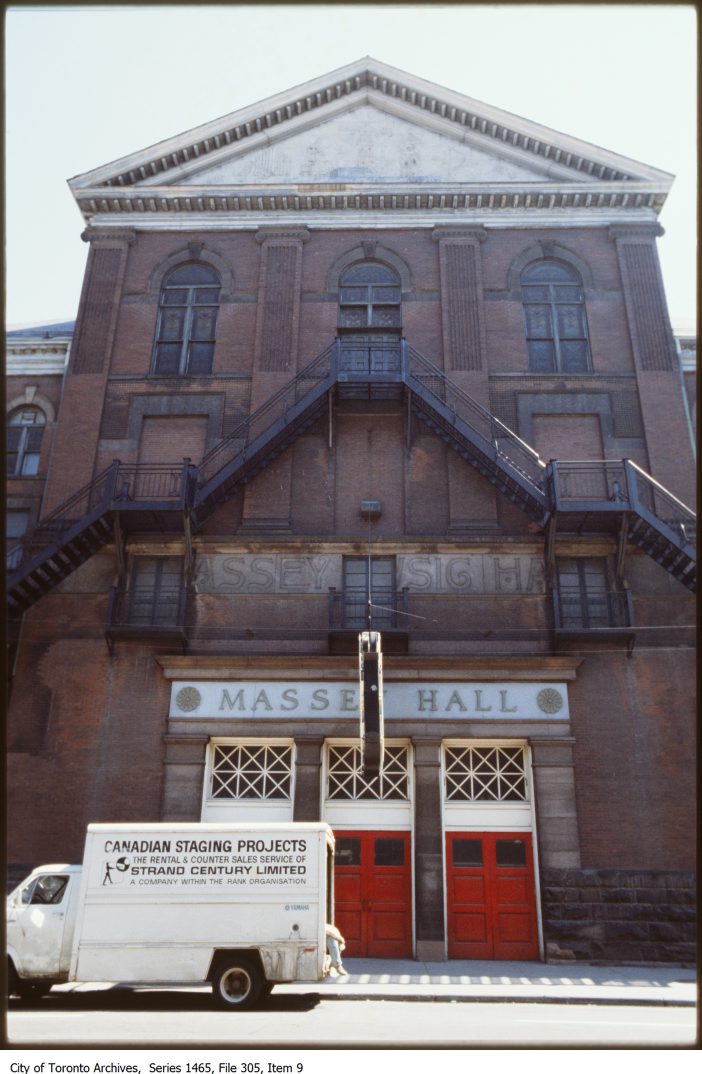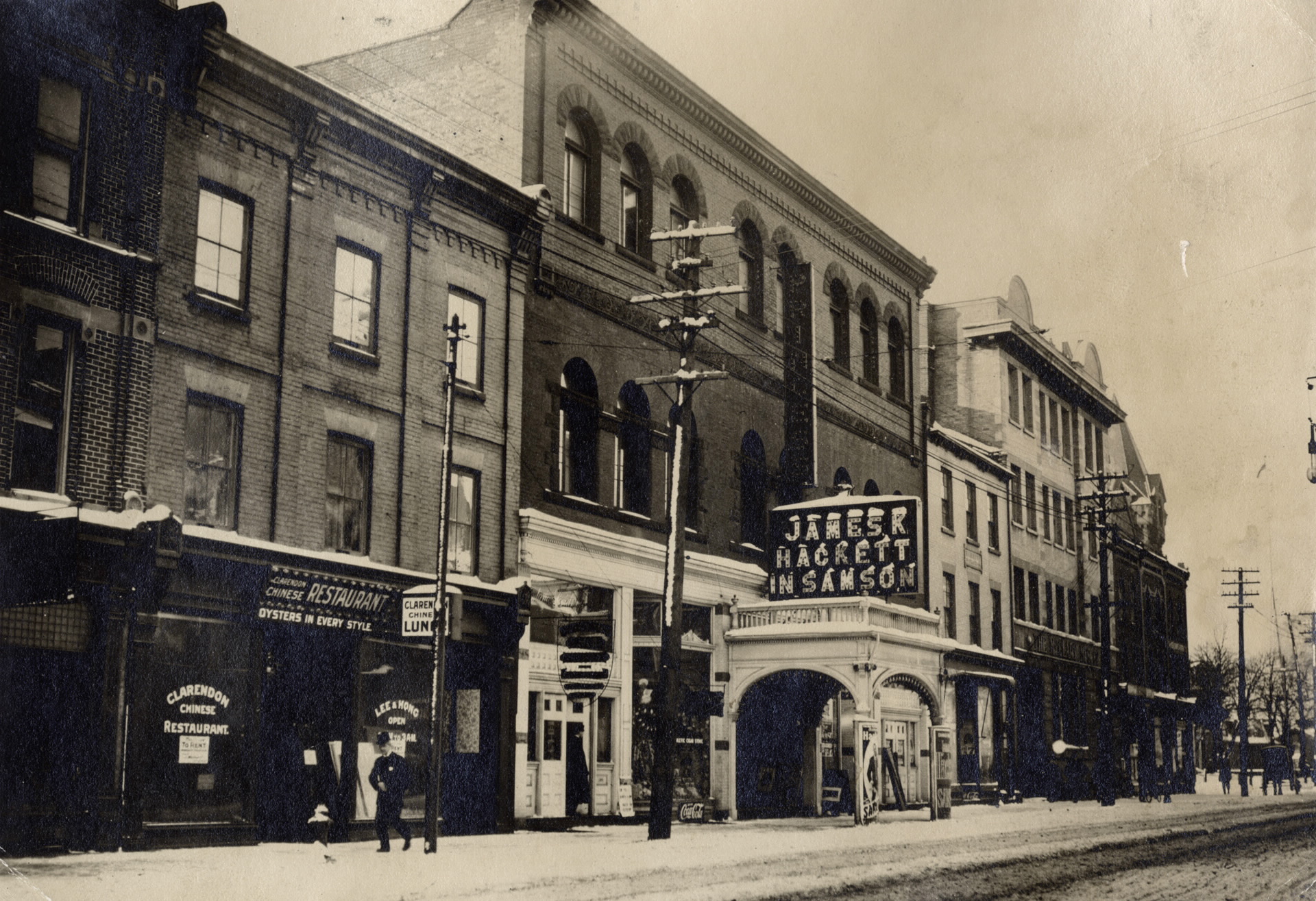This image shows my father, Leo Julien, as the interlocutor in his Anglophone Montreal Catholic school minstrel show circa 1940.1 The interlocutor was a central figure in minstrel shows, a master of ceremonies who made announcements to the audience and played the straight man to the endmen’s jokes. My father told me he was twelve years old in this 8' X 12" black-and-white picture. He ended up estranged from much of his large Irish-French family in later years, and so spoke of his youth haltingly, with gaps. While he no longer remembers the name of the school, I know that he lived off rue Clark at this time, near Parc Jarry and the Jean Talon Market. He always said about this picture, ironically, that he never met a black Canadian until a very young Oscar Peterson played his high school dance a few years later.
Blackface minstrelsy was a popular form of entertainment in American and English-speaking cultures from the mid-19th to the mid-20th centuries, with vestiges of the form persisting to the present day. Based on racial stereotypes depicting African American culture, both on the southern plantation and in northern cities, it was a blend of popular music, dance, comedy, and variety acts, performed (with some exceptions) by white entertainers in ‘burnt-cork’ facial makeup, and extreme clown-like. It entertained with a mix of sentimental harmonic song, dialect and physical humour, and dance, in the midst of its persistent and pervasive racism introducing audiences to syncopated music and tap dancing. It was arguably the single most popular form of entertainment in North America and Britain around the turn of the 20th century. Blackface performers appeared in the European settlements of Canada from its earliest days, and professional troupes appeared on stages across Canada from the 1840s.2 Very quickly, this form of entertainment became a mainstay for local amateur groups, used as charity fundraisers by schools, police forces, community groups, churches, and charities as late as the 1960s.3
Memories of performing blackface among Canada’s aging population appear to be widespread. As scholar Cheryl Thompson explains in her research of Canada’s history of blackface, “every time I mention my work to someone over the age of 50, they recount a
story about themselves or a family member taking part in a blackface performance as a youth.”4 These stories and images reveal just how ubiquitous blackface minstrelsy was in community spaces—a century-long practice that shaped conceptions of blackness and perpetuated racial stereotypes in Canada. The popularity of blackface performance in Canada has certainly diminished but it is far from over. Incidents of contemporary blackface continue to occur, often in university campuses, sporting events, and comedy fests, which suggests (paradoxically) a collective national amnesia around Canada’s history of blackface minstrelsy.5


























